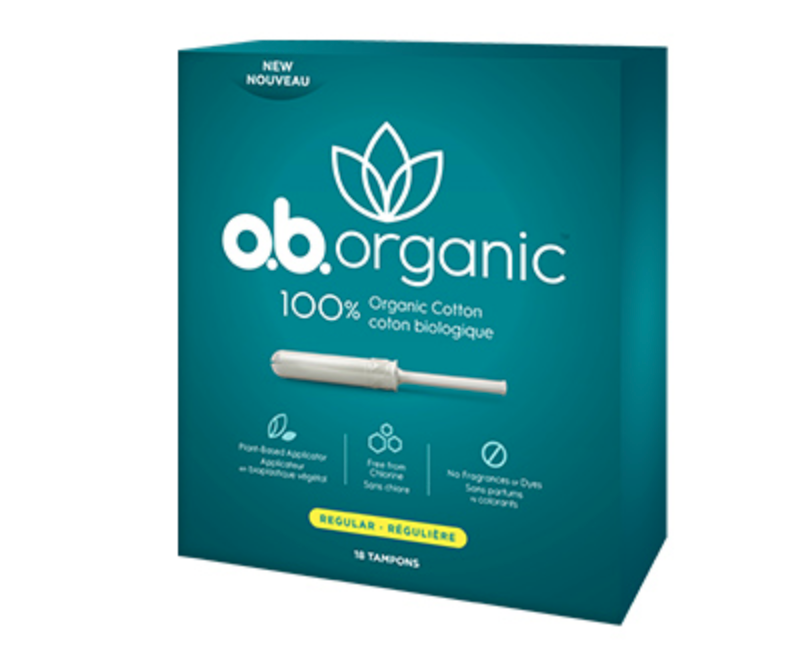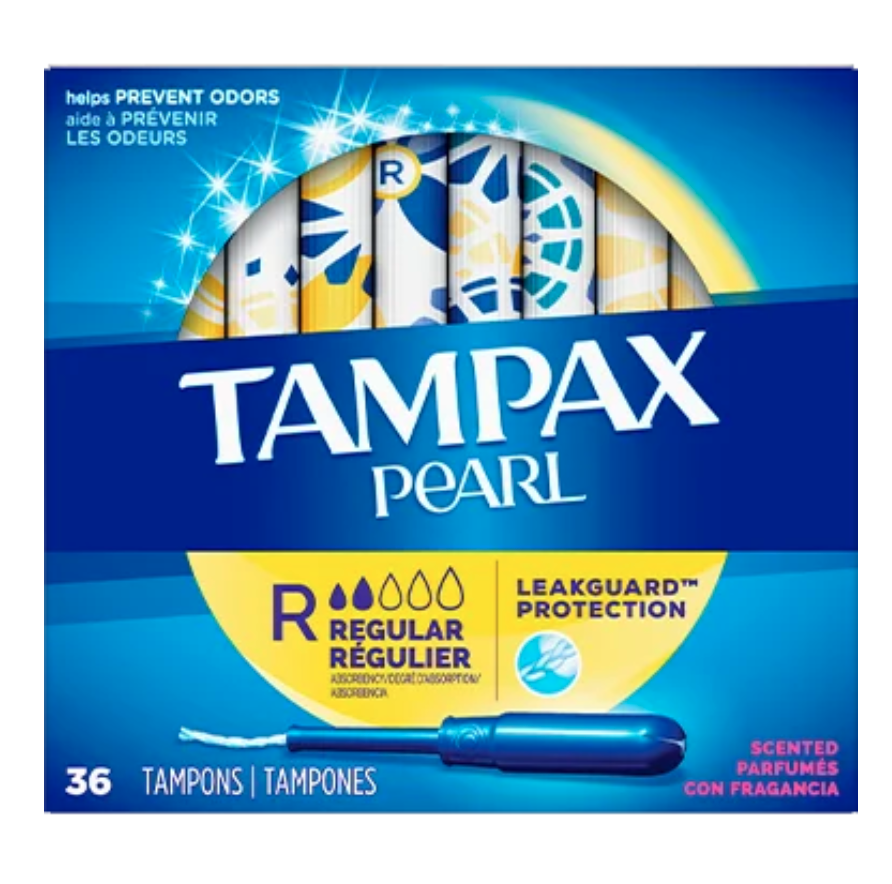What to Know: Organic Tampons
In our 21st century world built on consumerism, the term “organic” is added to almost any and all product labels in order to encourage consumers to believe that the product they are buying is better than its competitors because it is “organic.”
Tampons are not excluded from this marketing tactic. According to Women’s Voices for the Earth, 70% of menstruating people in the U.S. use tampons, so we want to know, what does it mean for a tampon to be “organic”?
Organic tampons are not a new invention of the 21st century. They became an item of interest after their introduction by Natracare in 1989. Organic tampons are designed to provide their users with more natural and eco-friendly products.
Organic tampons are made with “organic” cotton, but what does, “organic,” actually mean? Organic cotton, in terms of period products, is cotton that is grown in an environmentally conscious way and has a low impact on the environment. It is grown without the use of toxic pesticides and other harmful chemicals that may be present in period products that aren’t classified as “organic.”
There is continuous research and debates concerning whether organic tampons or conventional tampons are safer. The vagina is one of the most absorbent areas of the body and has a mucous membrane that absorbs toxins and chemicals more than the human body’s outer skin. Some brands, like o. b. Organic have organic tampons that are almost 100% plant based.
I tried o. b. Organic for one period cycle, they were the not the first organic tampon I tried; however, they were the first organic tampon brand I used for the duration of my entire period. They were comfortable (8/10), but I felt like the tampon was full saturated and would find out it was most definitely not. This is one of my main complaints because I would waste a tampon thinking that it had been used.
My go-to tampons are the value-pack of classic tampons from Tampax Pearl, and in terms if comfort and use, I prefer them instead of o. g. Organic, but I am becoming more interested in how I personally impact the environment with my period product choice.
The Tampax Pealr tampons I use are not advertised as organic and their tampons are made from a blend of cotton and rayon. Rayon is commonly used in combination with cotton and it is a semi-synthetic fabric, whereas cotton is all-natural.
There are many factors that are involved with period products: how they affect the environment, what they are made of, the comfort they provide, how well they function, their cost, how long they last and more that is dependent on the individual using it.
The selection of period products is constantly expanding and there is an overwhelming amount of options. When looking for what works best for you:
Talk to your squad about period products in order to gain new perspectives!
Keep up with PPG and our NEW podcast where we will discuss topics such as these!
Research! There is a lot of info focused on period topics, try to use non-bias sources in order to allow yourself the space to make the best decision for you!
xoxo


